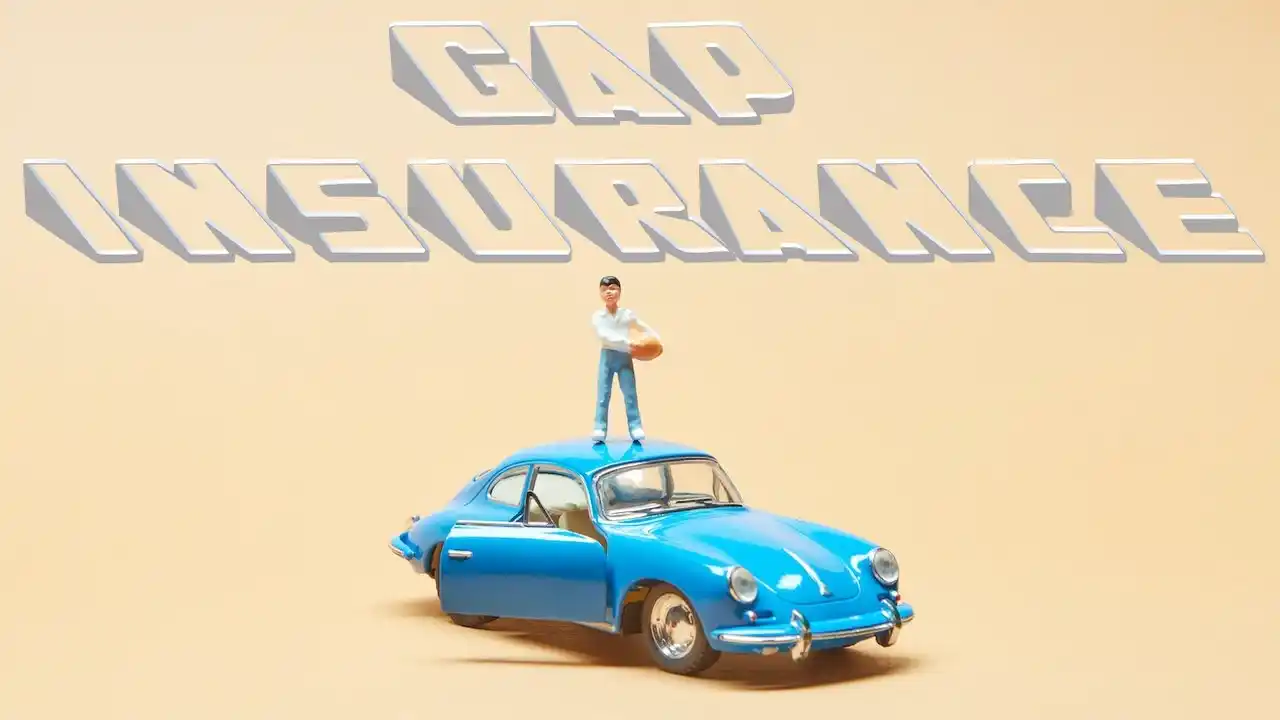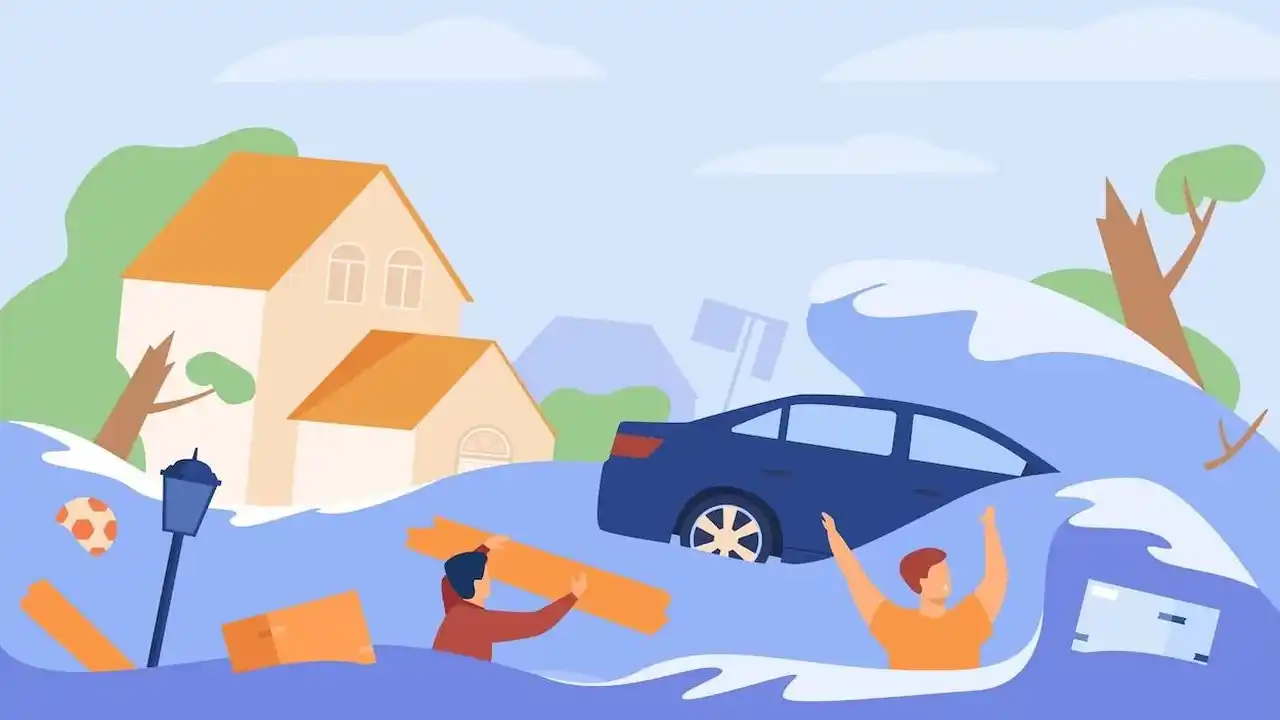Those who choose extended loan terms or who put little or no money down on a vehicle can benefit greatly from purchasing gap insurance. The gap between the loan balance and the car’s market value could grow or shrink depending on these variables. Therefore, buying gap insurance is a wise move. When leasing a vehicle, gap insurance is a necessary if you don’t want to be on the hook for the remaining lease payments in the event of an accident. This page discusses gap insurance coverage in detail.
Gap insurance is strongly suggested for anyone leasing a vehicle. Leasing typically results in lower monthly payments, but you could end up owing more on the car than it’s worth if you total it. Gap insurance protects against this type of monetary loss. Gap insurance could be a game-changer if you’re saving up for a car purchase. Consider gap insurance if you’re concerned about potential financial losses. If you’re interested in exploring long-term care insurance coverage, click here to read more and discover hidden gems around the world.
Gap Insurance Definition
Gap insurance is intended to protect policyholders from this kind of financial shortfall. Also, gap insurance fills the financial hole left by the primary auto insurance policy’s All-Cause Value (ACV) reimbursement and the remaining loan or lease balance. As a result, individuals are less likely to be saddled with the financial responsibility of a car they no longer possess.
Gap insurance is an optional kind of financial security for car loans and leases. High loan/lease amount, long repayment, or high interest benefit most. Small or no down payment, higher likelihood of owing more than the car’s worth.
Let’s pretend somebody borrows $30,000 to pay cash for a car that costs $30,000. An accident completely wrecks the car several months later. The insurance company calculated the vehicle’s ACV to be $25,000 before it went missing. If the car could no longer driven, the policyholder would still owe the debt of $5,000 without gap insurance. The gap insurance policy covers the $5,000 shortfall, relieving the policyholder of any financial burden.
Top 11 – Gap Insurance Coverage
Gap insurance is an excellent safety net for car loans, whether for a new or used vehicle. By offsetting the depreciation that starts the moment you drive off the lot, car insurance protects you from financial ruin in the event of an accident or theft. Do you worry that you might end up owing more on your car loan than the car is actually worth? Gap insurance, which provides the money to pay off the outstanding sum, alleviates this worry. You can now begin over, free of financial obligations. Here are a few things you should know about gap insurance coverage before you think about money, investing, business, or management.
Insurance for Car Thefts
A gap insurance policy will pay for damages or stolen items. Gap insurance covers the outstanding loan or lease if your car is stolen and not recovered. This will help you save money.
Total Accidental Loss Coverage
Any moment, an accident could occur. Gap insurance compensates for the difference between your car’s cash value and the remaining loan or lease amount after a major accident. Gap insurance coverage is a type of insurance designed to protect car owners from financial losses in the event of a major accident.
Comprehensive Vandalism Insurance
Damage from vandalism can be severe enough to make your car a total loss. Gap insurance shields you from the financial responsibility of covering the remaining balance of a loan or lease should this occur.
Catastrophic Event Total Loss Insurance
Natural catastrophes can render automobiles entirely unusable due to severe damage. Natural calamities such as floods, storms, and earthquakes can do significant damage to vehicles. Gap insurance pays for total loss scenarios. Covers natural disasters (flood, earthquake, lightning, storms) and man-made dangers (fire, riots, strikes). The plan also emphasizes the risks associated with robbery, shoplifting, and burglary.
Loan/lease Cancellation Insurance
Gap insurance primarily protects against this danger. In the event of a total loss, the insurance provider will reimburse you for any payments that remain on your auto loan or lease. Gap insurance will pay the difference between what you owe on your car loan and what your car is actually worth, in this case $5,000.
Protection from Equity Losses
Gap insurance might make up the difference if you rolled negative equity from an old car loan into a new one. To illustrate, let’s say you took out a $20,000 loan and rolled over $5,000 from an older loan into the new one, bringing the grand total to $25,000. Gap insurance protects negative equity of $5,000 if the actual cash worth of the vehicle is under $20,000.
Refinanced Car Insurance
Gap insurance might continue to cover you even if you renegotiate your car loan. This clause guarantees filling the gap between the car’s value and the loan amount, regardless of the refinancing method.
New Car Extended Protection
Gap insurance typically includes coverage for new automobiles and does not exclude them. These plans may include insurance coverage for new gadgets, special modifications, and aftermarket extras.
Insurance for Classic Cars
Gap insurance not just for new cars; useful for older vehicles too. Covers stolen older cars, pays off loan/lease balance. Avoids paying difference out of pocket.
Cost Sharing Coverage
Some gap insurance policies may also cover your auto insurance deductible. This plan will cover the deductible in the event of a comprehensive loss. Your own cost savings are a direct result of this. If your deductible is $1,000, for instance, gap insurance would pay the difference so that you would receive the full payout.
Fire Total Loss Insurance
Gap insurance will pay the difference between the value of your car and the amount still owed on your loan or lease if it is completely destroyed in a fire.
FAQ
Can Used Cars Get Gap Insurance?
Both new and pre-owned vehicles might benefit from having gap insurance. This is especially helpful for second-hand automobiles, whose depreciation has left them with a bigger gap between their current market worth and the balance of their loan or lease.
Does my Car Insurance Cover Gap Insurance?
Standard auto insurance policies typically do not contain gap coverage. It is often available as an add-on to your existing policy or as a stand-alone product through your auto insurer or your bank.
Who Needs Gap Insurance and Why?
Anyone with a car loan can benefit from gap insurance, but those with a high loan amount, a small down payment, or a lengthy loan term stand to gain the most. People who drive high-mileage automobiles or who are trying to keep their credit scores high can also profit from this.
Conclusion
Gap insurance can be a lifesaver for new or inexperienced motorists. It protects them from the possibility of a total loss due to an accident or theft and helps them budget for the future. We hope you found this guide, in which we explained gap insurance coverage, informative and useful.






